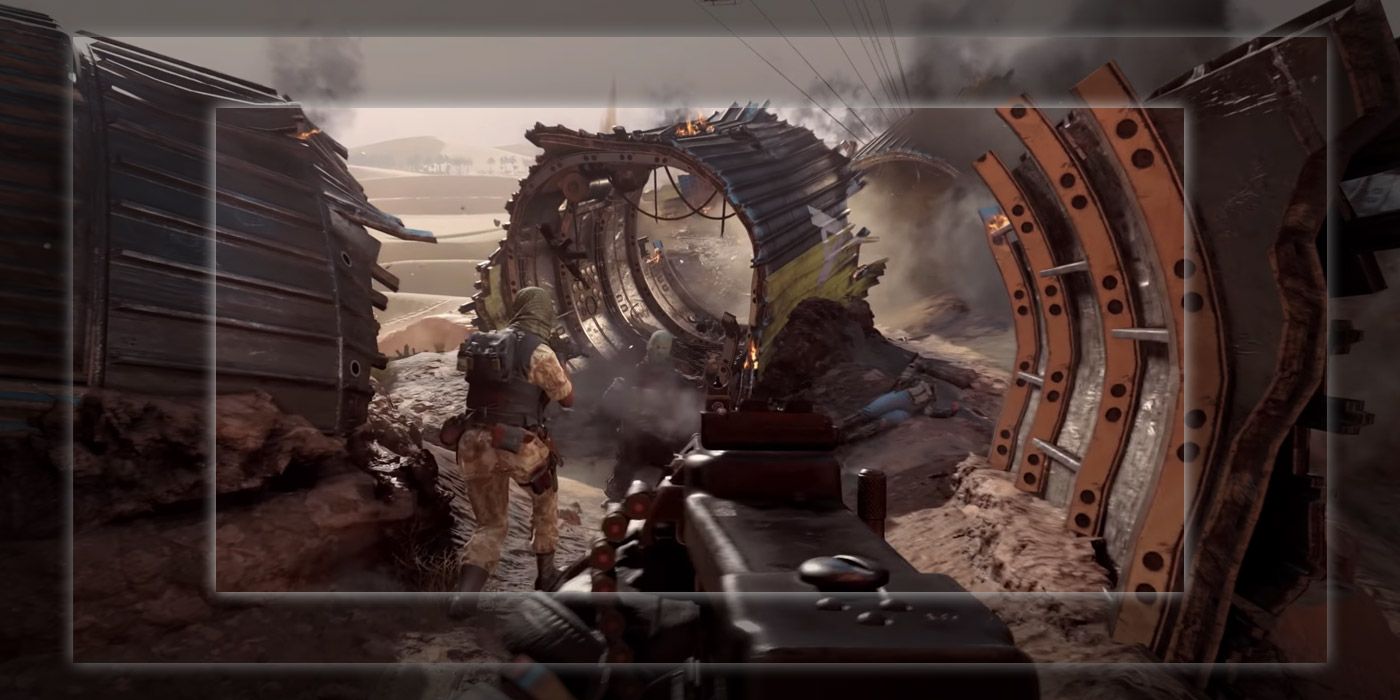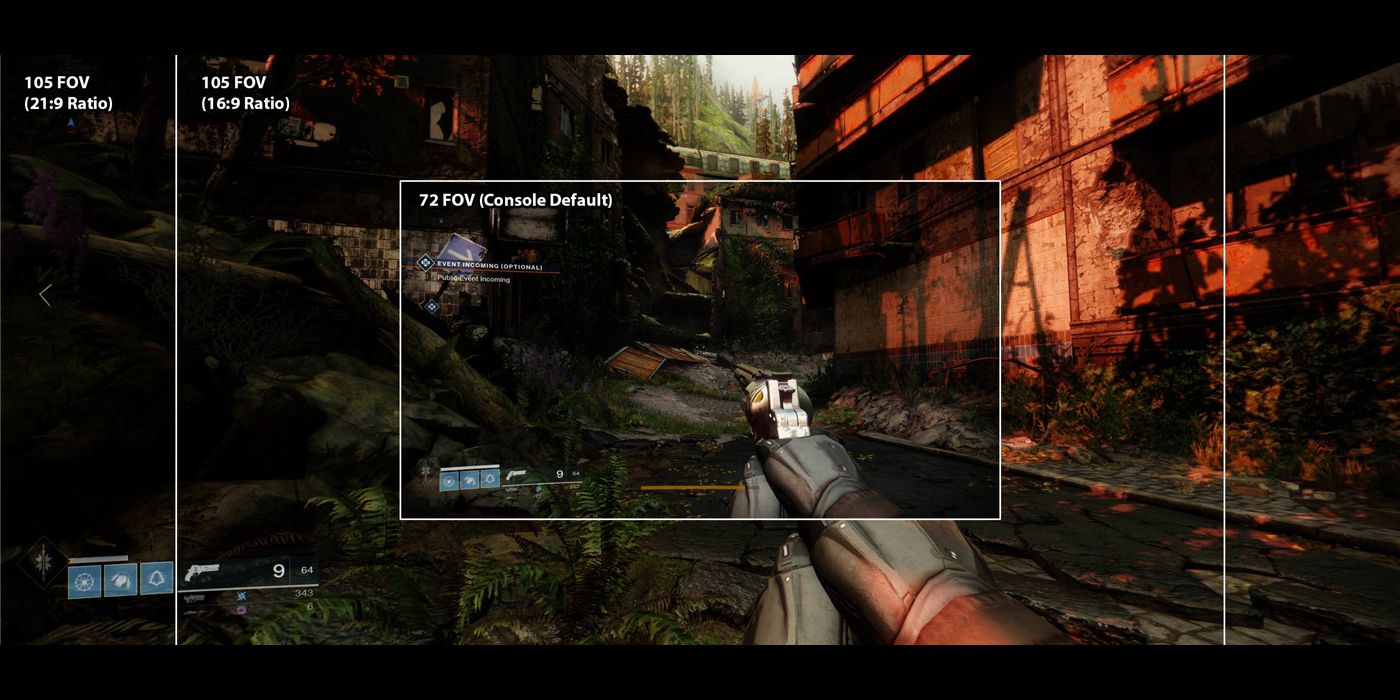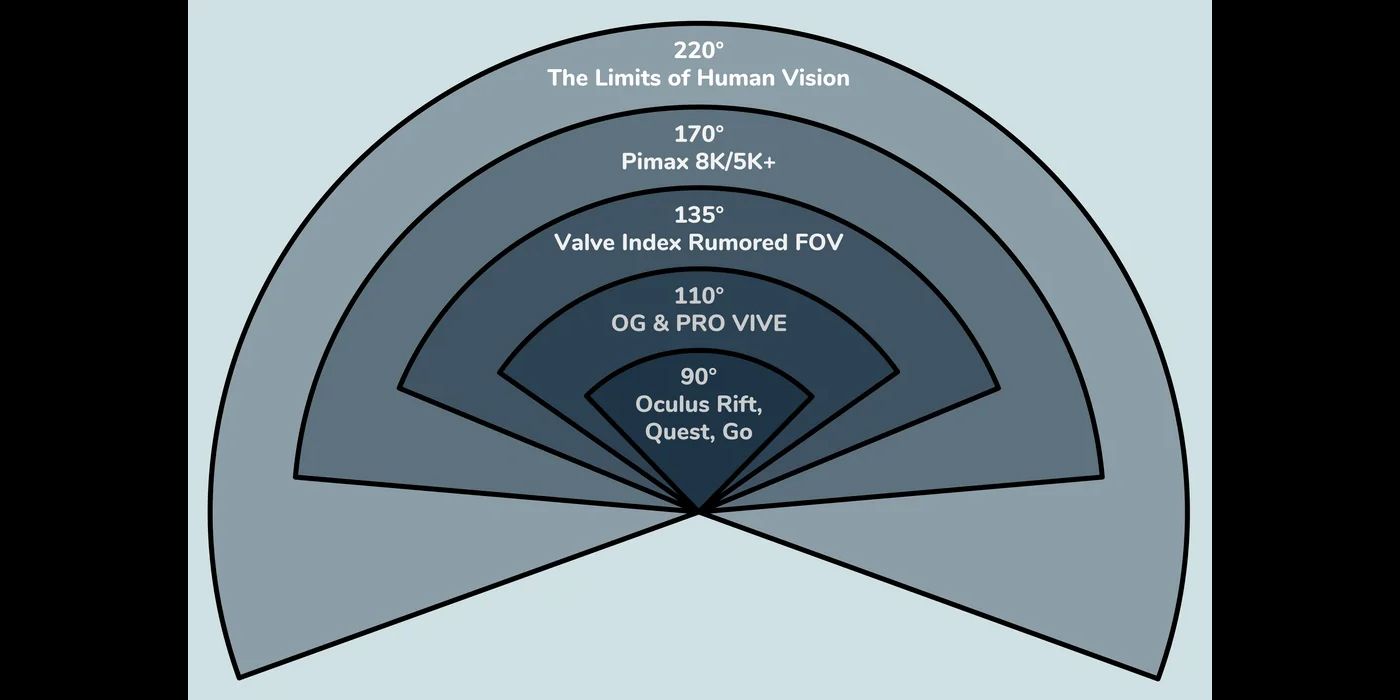Why Black Ops Cold War's Field Of View Slider Is A Big Deal

Many fans rejoiced when news of Call of Duty: Black Ops Cold War's Field of View, or FOV, slider spread across the community. The ongoing debate among Warzone and Modern Warfare fans as to the fairness of differing FOVs based on platforms went on for months, and the simple solution that the game's community came up with was to either make it consistent or adjustable.
Treyarch, the developer of Call of Duty: Black Ops Cold War, decided to do just that and make it adjustable. While many fans are happy with this decision, there is a large group of the game's population that does not understand why this is such a big deal to many fans. Some players have a hard time seeing the difference until the difference is shown side by side.
There is a debate to be had between high FOV and low FOV, and different settings can mean different things when it comes to experiencing the game. This debate continues to flare with every new release of Call of Duty, but does it really matter?

Field of View, or more casually referred to as FOV, is the area of the screen that represents a character's perspective. Many fans are familiar with first and third person styles of gaming. In a third-person design, the field of view captures the character center and the area around them, yet first-person games do not have this luxury and instead capture only a certain width of space directly in front of the character.
A good way to look at FOV is by personal perspective. When a person looks directly forward, there is a window of things that can be seen without turning their head. This would be a field of view and for most people ranges around roughly 220 degrees in horizontal radius. The goal of a first-person video game is to mimic this field of view, but due to the nature of games, giving players 220 degrees of vision results in some unintended side effects.
In a video game, the standard field of view for console games is 72 degrees left and right. This allows players access to their full 60-degree arc of vision with some minor peripheral focus. As an experiment, if a person was to place their hands on the side of their face extending both left and right and cutting off peripheral view, they would get around the same degrees of focus as most consoles. While most of their vision would still be present, there is an immediate loss of peripheral sight that is easily noticed.
While most consoles run on 72 degrees, PC systems tend to have an additional extension to vision. The standard for most first-person experience on PC is an 80-degree arc giving players a wider sense of view. This means that on PC many players experience an extra few inches of sight on the border of their screen allowing them to notice things that would otherwise be hidden.
The argument tends to be focus versus peripheral with every player having a personal preference. Games that hose a higher FOV tend to present smaller enemies requiring more accuracy, but the trade-off is a wider range of vision. In low FOV situations, players get a better focus and can aim with larger enemies at the sacrifice of peripheral vision. There are some side effects to adjusting the FOV, these side effects are a major reason that PC and Console have different defaults. The tighter the FOV the more likely the game is to induce motion sickness while wider FOV can become hard to focus on and players can easily become lost.
In first-person shooters like Call of Duty: Modern Warfare, many PC players run their FOV at 100 or more. With consoles locked at 72, many players believe that PC fans have an automatic advantage. This causes many players to request FOV sliders on console games, a feature that is often defaulted on PC.

With monitors getting wider and larger, virtual reality headsets on the rise, and console technology rendering scenes faster, there is likely going to be an immediate shift in FOV standards. Technology advancing will make it possible to get closer to a natural range, but until then, there is still a divide between PC and console settings.
When Call of Duty: Black Ops Cold War announced that their console version included a FOV slider, fans were ecstatic. While the ramifications of giving such a slider to console fans are unknown, at least now players can match PC FOV preferences and gain the extra edge that many believe exists. Still, at the end of this FOV really comes down to personal preference. Players who spend their time sniping in Warzone will naturally prefer a tighter FOV while SMG fans will want more peripheral features when adjusting their setting.
Players should always choose a FOV that makes them comfortable and suits their viewing needs. While many players can argue for both wider and small FOV, it is more about the experience of the game than the tactical advantage. Having a FOV tuned to personal preference will end up paying off more than any meta set up from Call of Duty pros or streamers.
Still, for those who do want to know, most professionals when given the options set their FOV between 100 and 120. While this does not give them the maximum focus, it widens the screen enough to catch more corners without becoming distracting to the aiming process in each match. There is nothing worse than having a tight FOV in close combat situations, or a too wide FOV in a long-range battle. It is all about finding the perfect personal balance.
Call of Duty: Black Ops Cold War is set to release on November 13th for PC, PS4, PS5, Xbox One, and Xbox Series X.
 Reviewed by Unknown
on
October 19, 2020
Rating:
Reviewed by Unknown
on
October 19, 2020
Rating:

Post a Comment